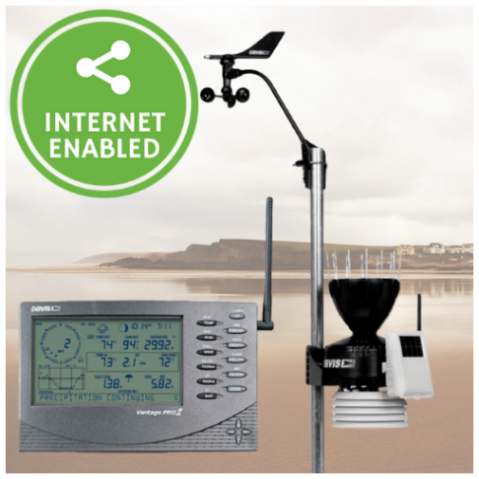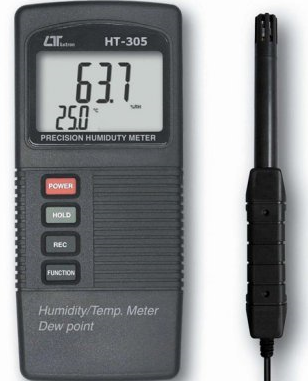Your Guide To Finding The Perfect Sensor – Part 2

A sensor is a device that detects and responds to a relevant input from the physical environment. Sensors can be tuned to any number of environmental parameters.
Sensors are used to monitor the world around us in a quantifiable manner. Various institutions, businesses and homeowners make good use of sensors to measure temperature, light, moisture, pressure, UV, humidity, current and a host of other environmental inputs. The output from sensors is generally a signal that can then be read on a suitable display, logger, or handheld device in an exploitable format.
To develop a guide to finding the perfect sensor, Instrument Choice decided to create a series of three articles. The first two cover many of the different categories of sensors available, (generally) how they work and the best applications for each. Within each category you’ll find alternative technologies you need to consider. For example, the two main technologies used in soil moisture sensors are capacitance and TDR (Time Domain Reflectometry). Each has its advantages and disadvantages.
In the third article of the series, we conclude with a checklist that our team of scientists developed after answering thousands of customer inquiries. It’s an effective way you can quickly narrow down your search to find the perfect sensor for your needs. Of course, if after scanning the series of articles you’re still not sure of the best sensor for your needs, Instrument Choice scientists are on hand to address any questions.
Common Types of Sensors (Continued from Part 1)
Pressure Sensors
A pressure sensor is a device for pressure measurement of gases or liquids. Pressure is an expression of the force required to stop a gas or fluid from expanding. This force is usually expressed in terms of force per unit area. The most common types of pressure sensors are transducers and barometric sensors
A transducer pressure sensor, often called a pressure transmitter, is a transducer that converts pressure into an analogue electrical signal. An excellent example of a device that uses a transducer pressure sensor to determine whether fluids are flowing correctly is the IC-5200-10C Flow Meter for Copper Pipes.
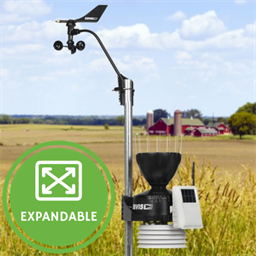 A barometric sensor, or barometer, is a scientific instrument deployed to measure air pressure in a certain environment. Such sensors are most commonly used in weather forecasting or measuring altitude. For an example of a low cost home weather station incorporating a barometer see the NETATMO Urban Weather Station - IC-NWS01-P
A barometric sensor, or barometer, is a scientific instrument deployed to measure air pressure in a certain environment. Such sensors are most commonly used in weather forecasting or measuring altitude. For an example of a low cost home weather station incorporating a barometer see the NETATMO Urban Weather Station - IC-NWS01-P
Current Sensors
A current sensor detects electric current in a wire and generates a signal proportional to that current. The signal could be analogue voltage or current or even a digital output. Current sensors are often used for faulting-finding, to determine how many Amps a system is drawing, or to determine power usage. The most common types of current sensors are CT Clamps and Transducers.
CT clamp current sensors feature wide jaws that clamp around an electrical conductor. Clamp sensors usually include inputs for accepting test leads and other probes that support a wide range of electrical measurements. Indispensable as a test tool, the jaws of a clamp meter facilitate work in tight spaces and permit current measurements on live conductors without circuit interruption. An excellent example of a CT clamp sensor is the ICDW6093 – 3 Phase Power Analyser Kit.
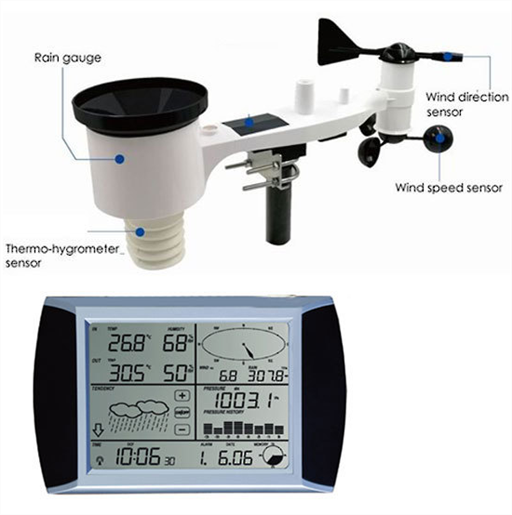 The IC-MNS2-4-W2-CM-150A Wireless AC Current Meter works on the transducer principle. It measures the RMS current of an alternating current (AC) system using a current transformer (CT) that wraps around the "hot" wire of a two-wire power system (hot, common, ground) to produce a range of useful readings.
The IC-MNS2-4-W2-CM-150A Wireless AC Current Meter works on the transducer principle. It measures the RMS current of an alternating current (AC) system using a current transformer (CT) that wraps around the "hot" wire of a two-wire power system (hot, common, ground) to produce a range of useful readings.
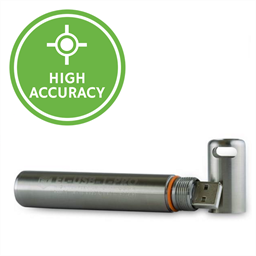 As with many sensors, connectivity with other devices enhances the usefulness of the device. An example would be the Split Core AC Current Sensor for U12 Data Loggers. This versatile instrument’s split core sensor is compatible with a wide range of devices.
As with many sensors, connectivity with other devices enhances the usefulness of the device. An example would be the Split Core AC Current Sensor for U12 Data Loggers. This versatile instrument’s split core sensor is compatible with a wide range of devices.
!['].png?Action=thumbnail&algorithm=fill_proportional&width=228](https://www.instrumentchoice.com.au/'%5D.png?Action=thumbnail&algorithm=fill_proportional&width=228)
Humidity Sensors
A humidity sensor (or hygrometer) senses, measures and reports both moisture and air temperature. The ratio of moisture in the air to the highest amount of moisture at a certain air temperature is called relative humidity. Relative humidity is an important factor when you’re interested to maintain constant levels of humidity for product/material preservation (e.g. in warehouses, museums etc.), to create a supportive environment for specific flora or fauna (say a zoo), or for human comfort (maybe an office building).The most common types of humidity sensors are “capacitive” and “resistive”.
Capacitive humidity sensors use capacitive measurement, that is, they rely on electrical capacitance. Theses sensors essentially comprise two metal plates, or electrodes, separated by a thin layer of non-conductive polymer film. The film attracts moisture from the air, which contacts the metal plates and creates a voltage change. The output voltage measurement is captured and displayed via an analogue dial or made an output for another system or converted into a digital reading. A useful example of this type of sensor is the HT-305 – Pocket Humidity Meter.
Resistive humidity sensors work on a similar but different principle to capacitive sensors. The change in electrical activity is measured with the output value expressed as relative humidity. Note, although resistive sensors use a similar hygroscopic (moisture-absorbing) material compared to the capacitive system, the measurement of the resistance change in the material of interest relies on resistance rather than capacitance.
Resistive humidity sensors have a high surface-volume ratio, which means it can measure humidity changes up to 90% relative humidity at room temperature. On the other hand, resistive sensors not sensitive enough for measuring values below 5% relative humidity. Applications that suit resistive sensors include be found in automotive and smart food packaging process, and they are readily deployed in relative humidity sensor networks.
To be continued…
For information about temperature sensors and soil moisture sensors check out “Your Guide to Finding the Perfect Sensor – PART 1.”
Click here for information about weather sensors, pH sensors, conductivity sensors, voltage sensors and the Checklist, “5 Simple Questions – To Help You Choose the Best Sensor for Your Application”.
If this article has raised any questions you can’t answer quickly and easily, then contact a scientist.
Also interesting
A sensor is a device that detects and responds to a relevant input from the physical environment. Sensors can be tuned to any number of environmental parameters.

Instrument Choice is Australasia’s leading independent supplier of scientific instruments to


